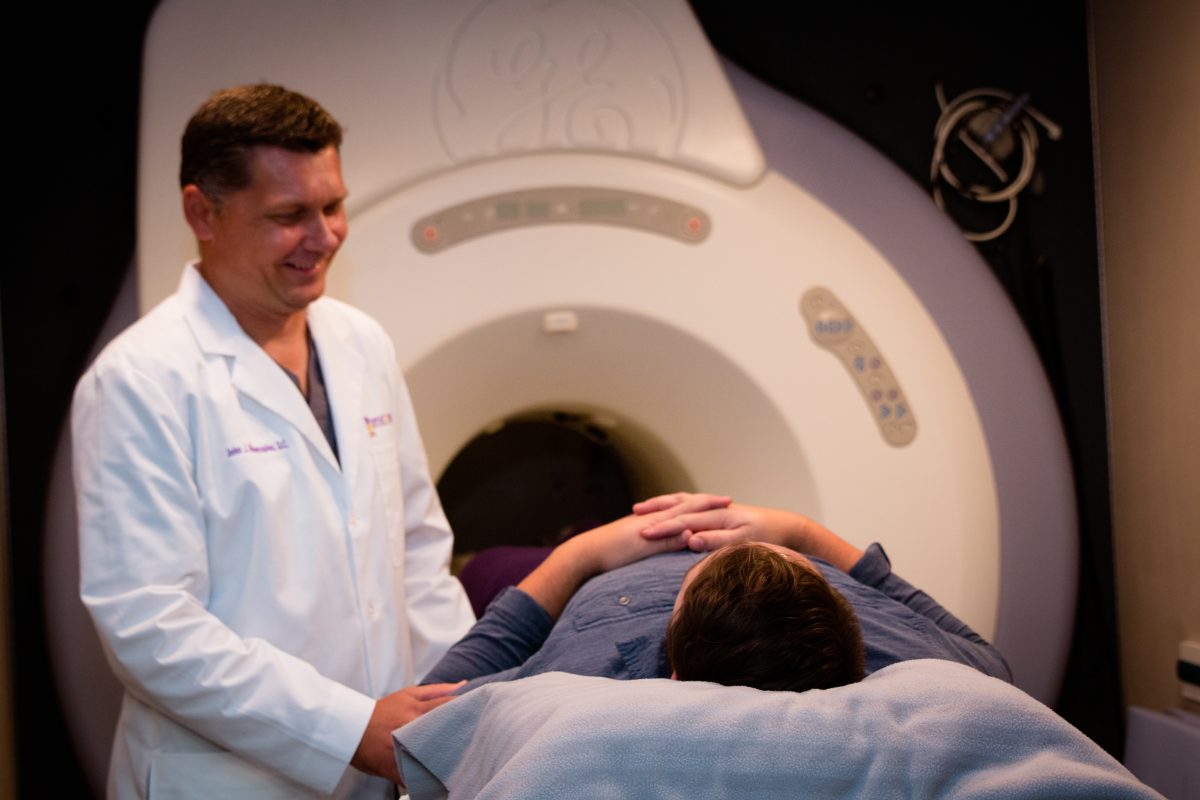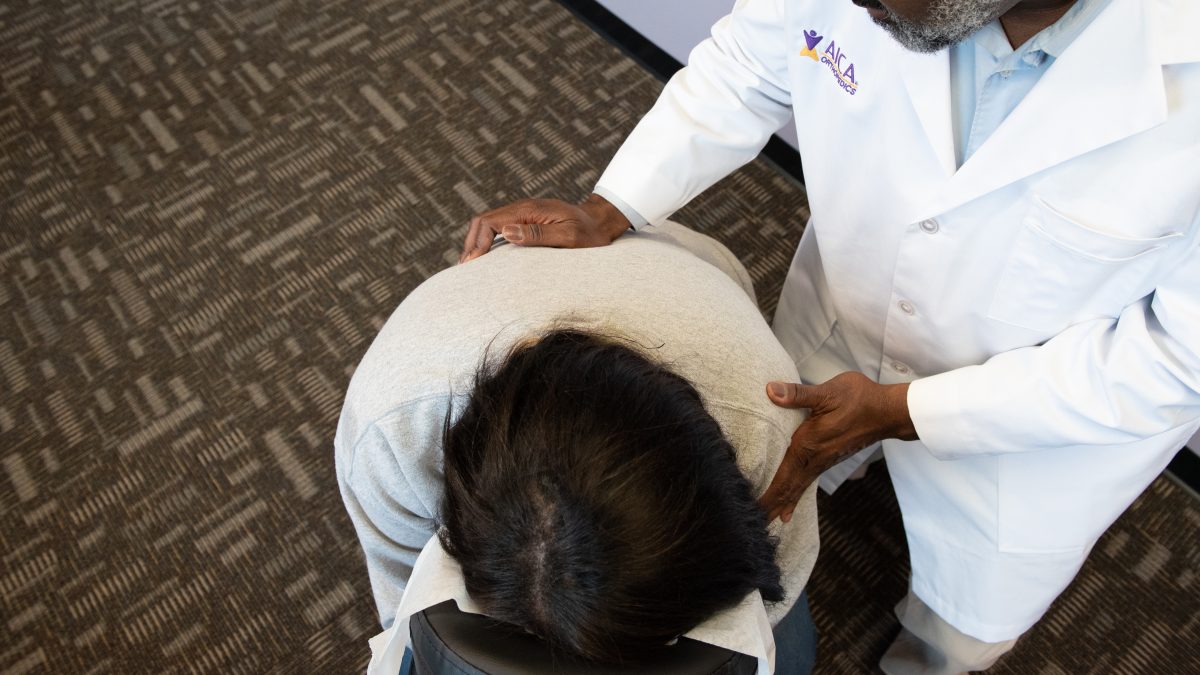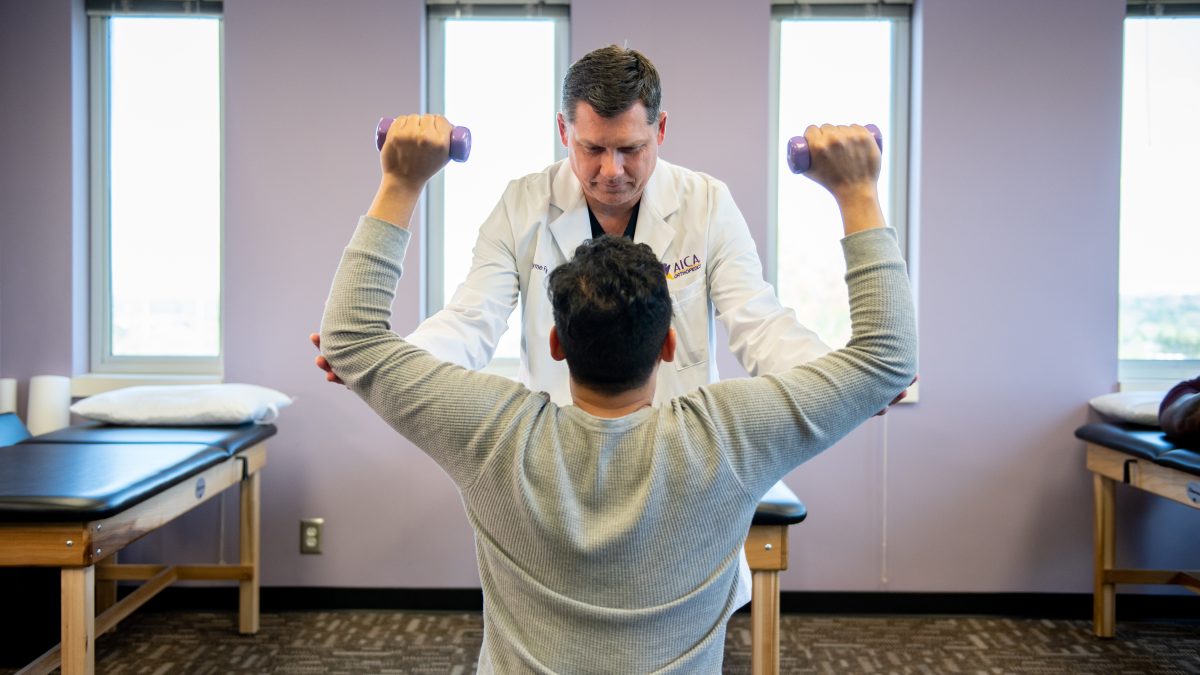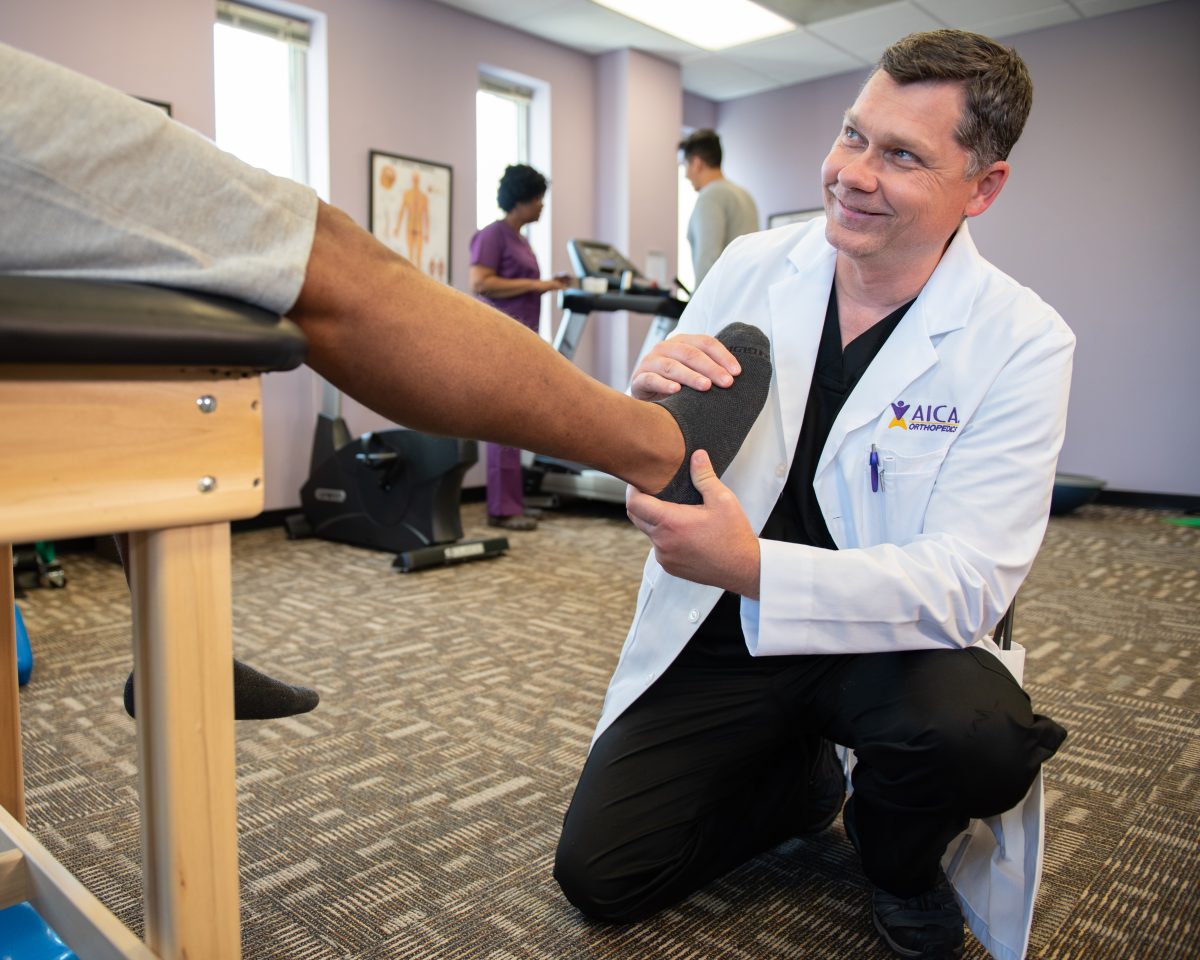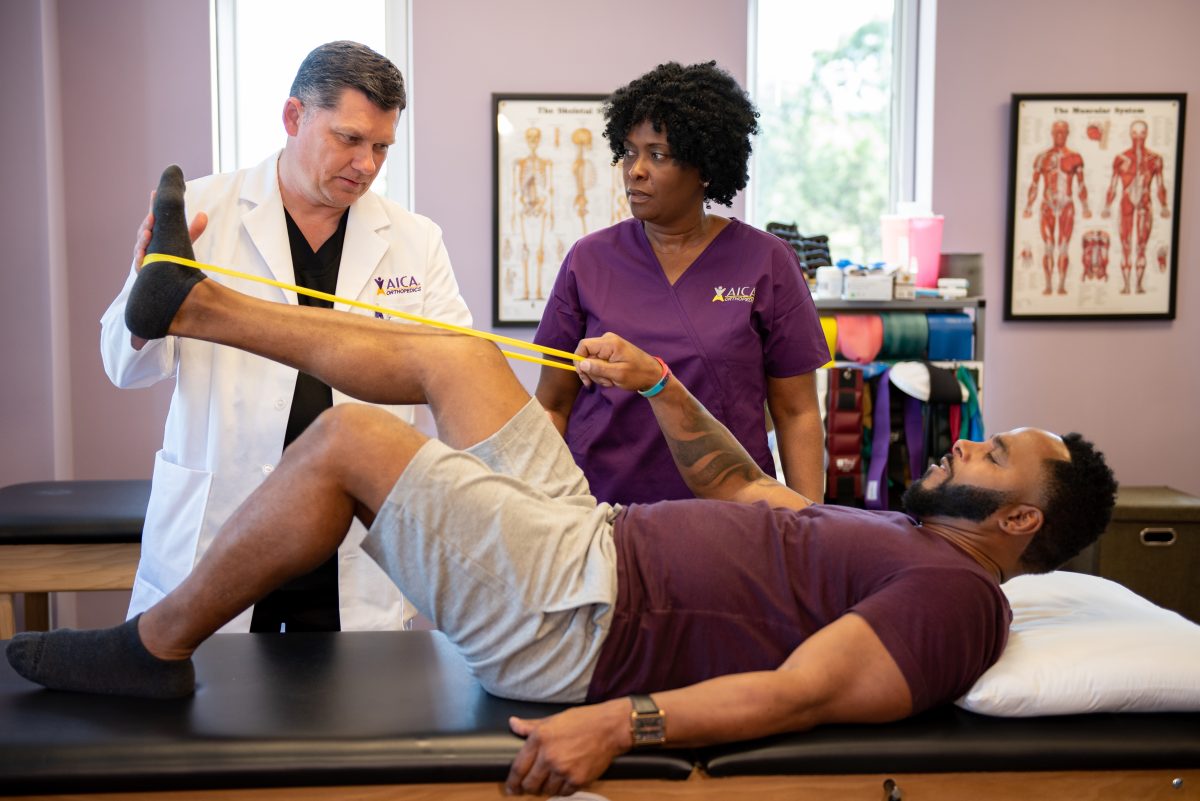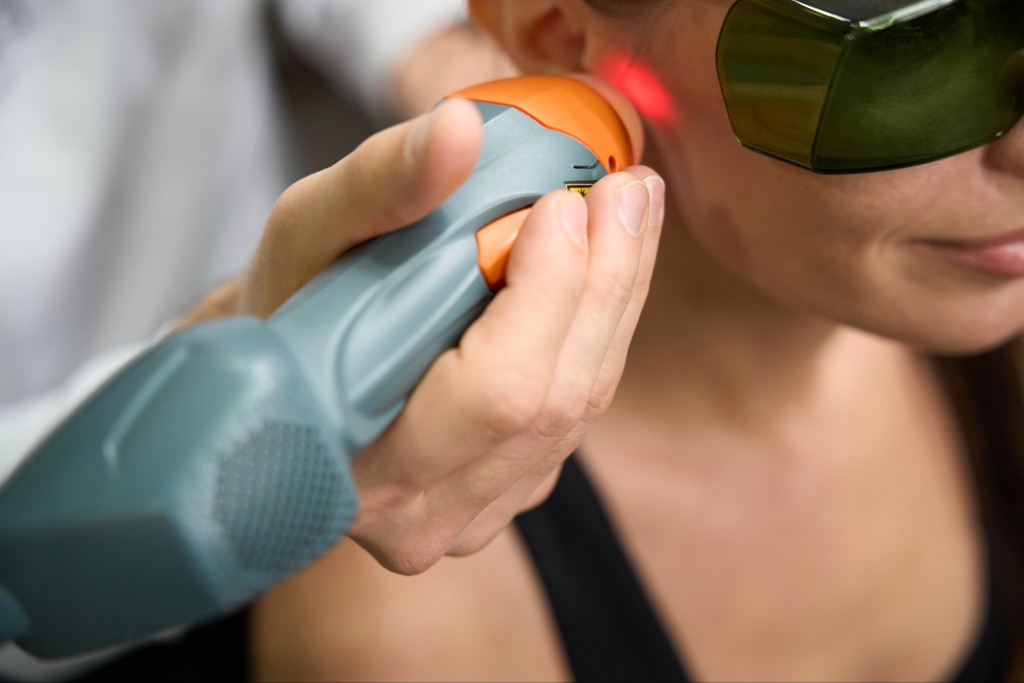Active Physical Therapies for Sciatica
Take an active role in physical therapy for your sciatica. Here are examples of what you may experience in the active part of physical therapy.
Therapeutic Stretches
One of the best ways to alleviate sciatica pain is to stretch and strengthen your muscles. When you stretch your hips and legs, it helps to open your hips and loosen any tight or stiff muscles. Simple stretches like pigeon pose with yoga or stretches that target specific muscles in your lower body can help reduce sciatica pain. Stretching your muscles can help prevent muscle atrophy and reduced range of motion and stiffness in your joints. Your muscles can become inflexible due to lack of use and as a response to pain. Therapeutic stretches can help promote flexibility in these areas so you can exercise more effectively.
Therapeutic Exercises
A physical therapist will walk you through a range of therapeutic exercises to help reduce your sciatica and other symptoms. Many therapeutic exercises target the lower back, buttock, hips, and legs to reduce your pain and improve mobility. Therapeutic exercises can help you improve your strength and flexibility in your core and lower half of the body. Physical therapy can help you resume your regular routines and activities by strengthening and supporting your lower back. Therapeutic exercises can help you experience less pain, a better range of motion, and greater core stability. A physical therapist will identify therapeutic exercises that will work best for you and your symptoms.
Aerobic Conditioning
Proper exercise can help you effectively manage an episode of sciatica. Aerobic conditioning helps improve your cardiovascular fitness, which helps your body pump oxygen-rich blood and nutrients to the rest of your body. Your physical therapist may recommend specific aerobic exercises to help manage your pain and increase your range of motion. Physical therapy may incorporate walking, swimming, or using a stationary bike to safely reintroduce aerobic conditioning into your exercise routine.
Hydrotherapy
Your physical therapist may recommend hydrotherapy as a gentle way of exercising with sciatica. Hydrotherapy involves practicing weight-bearing exercises in water that help you build muscle tone without too much pressure on your joints. The buoyancy of the body in water allows you to perform water aerobics and practice everyday movements more effectively, like walking, running, lifting, and bending in a gentler environment.
Posture and Ergonomics
Improving your posture and focusing on ergonomics can also help redistribute weight and pressure off your sciatic nerve. Strengthening your core can help you maintain a healthier posture and better protect your spine. Ergonomic changes to your surroundings, like better support while sitting at your desk at work, can help prevent future episodes of sciatica.







